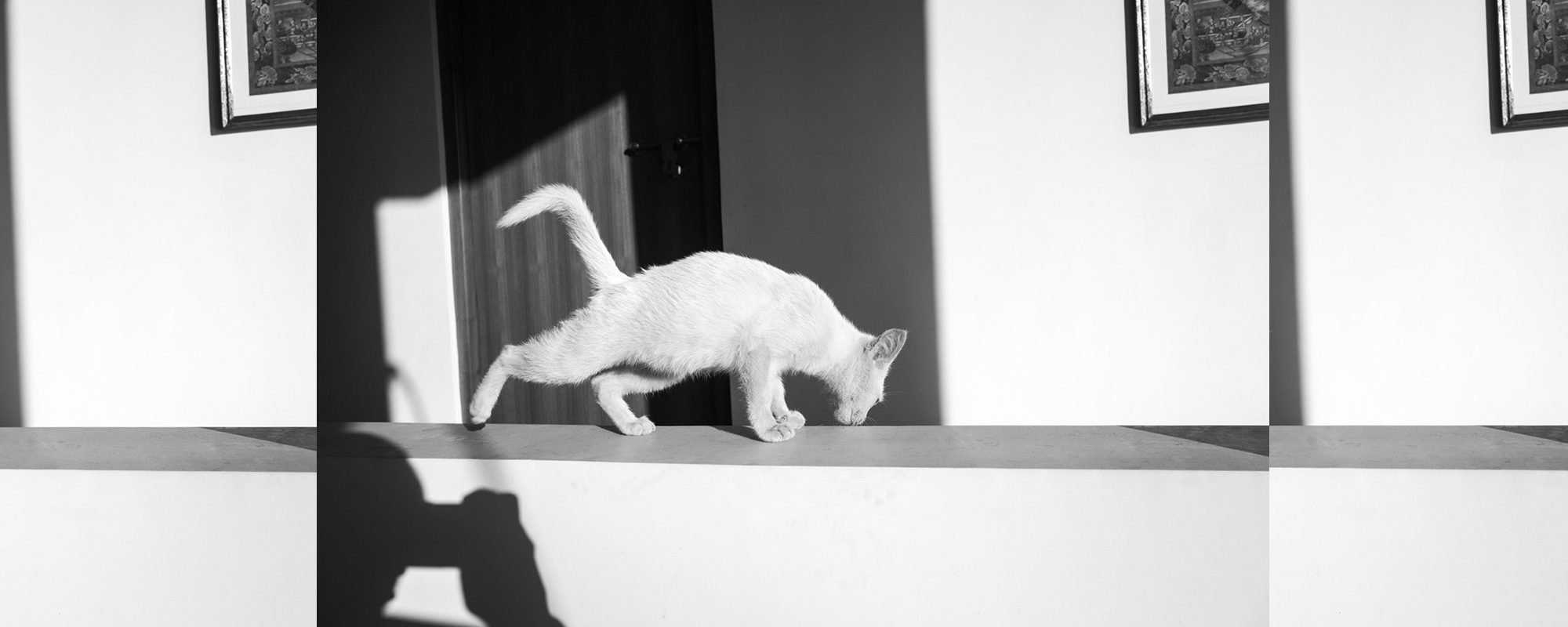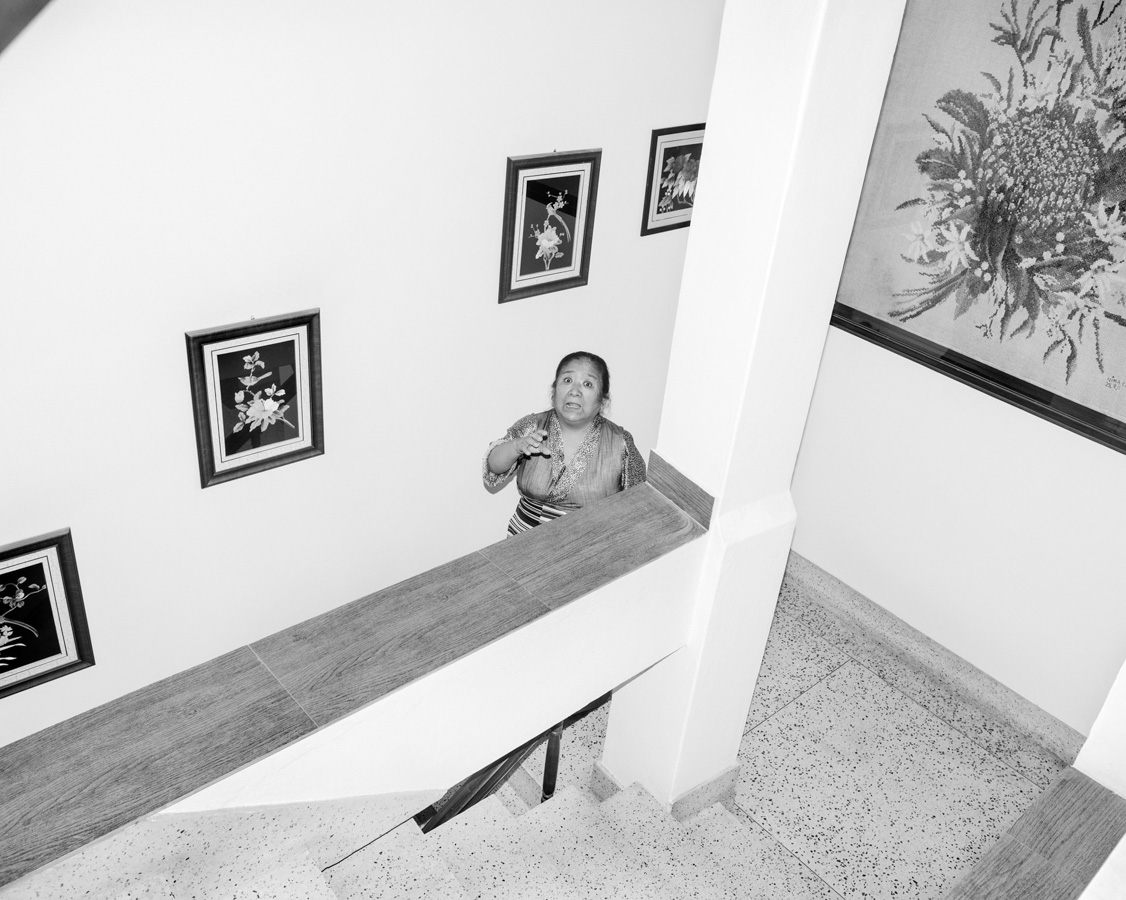“Family rarely comes in the way of familiarity. Dakpa makes himself at home before leaving again and finds a resonance there with the people and place of his upbringing through the photographic project. “
Since our respective lockdowns, we’ve become more attuned to home life than ever before. Social media has provided endless evidence of this. We have also become super-familiar with our domestic spaces, we have come to know them intimately, we know exactly where to socialise, find comfort, escape, mentally and physically – for some, the home has become a deeply psychological space. Above all, never have the small pleasures of life been met with so much gratitude.
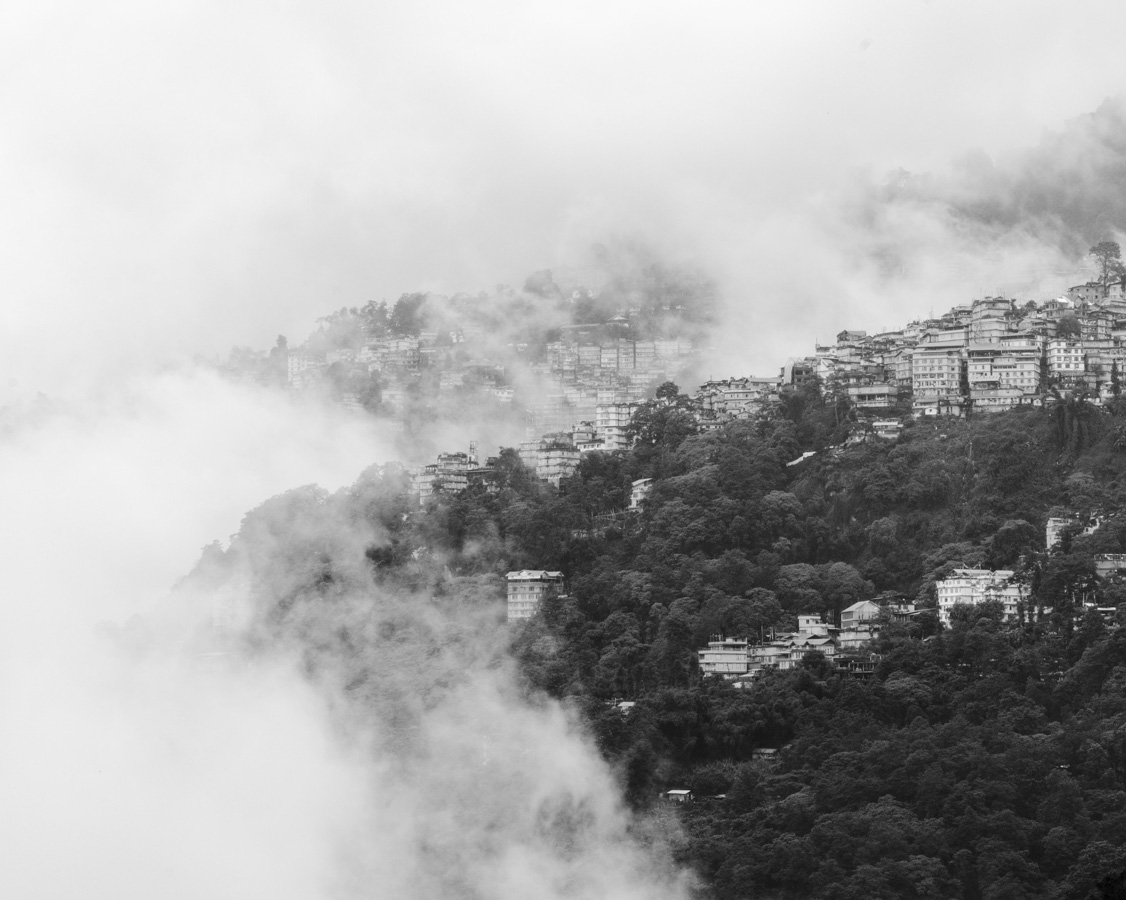
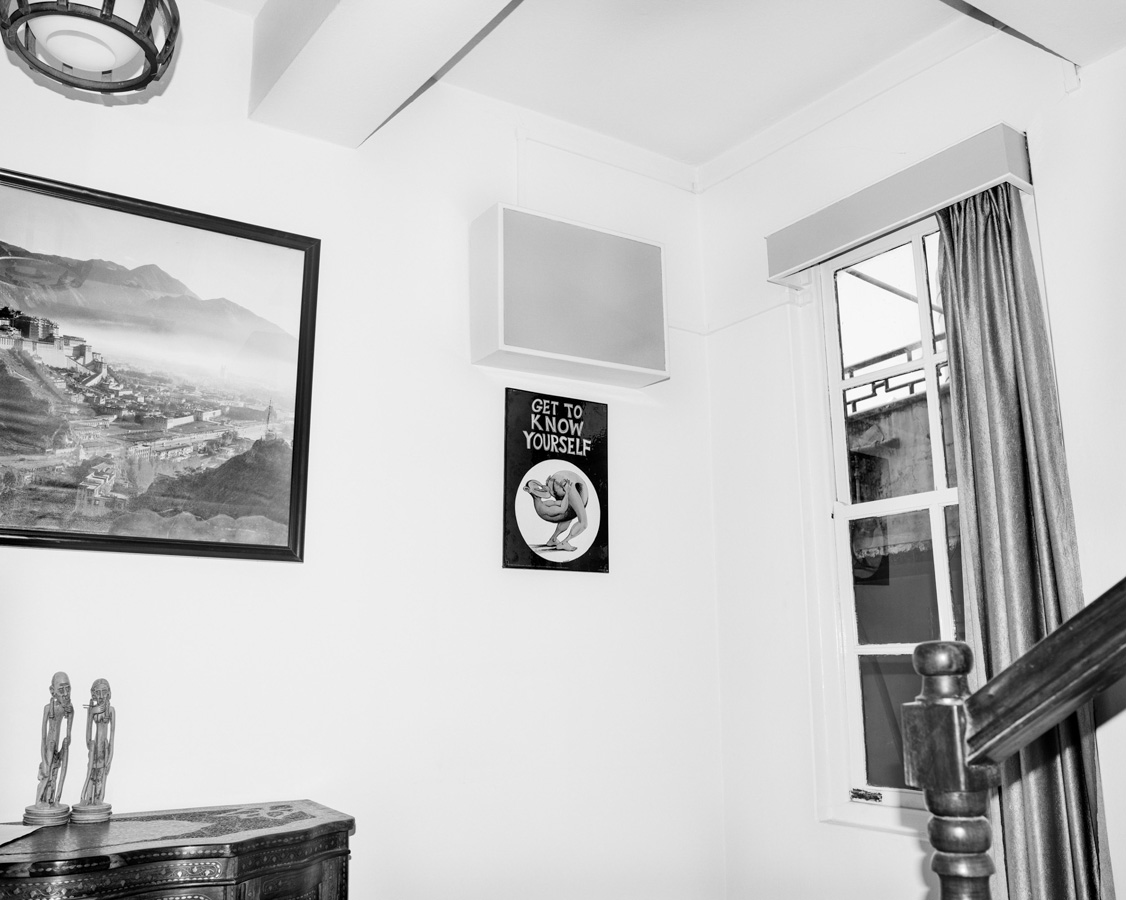
Home for each of us takes its own character and configuration. For some its rather conventional and for others less so. Hotels and guest houses for instance. They often function as homes as well as accommodation, and right now these must be taking an eerie off-season character while tourism sleeps the world over. One such family business / dwelling is sometimes home for Tenzing Dakpa at his parent’s hotel in Sikkim, India. Although the photographs in The Hotel (Steidl, 2020) were taken before the current coronavirus crisis, the work’s appraisal of family dynamics and the moments of intimacy and solitude are aspects of life that have become particularly resonant of late.
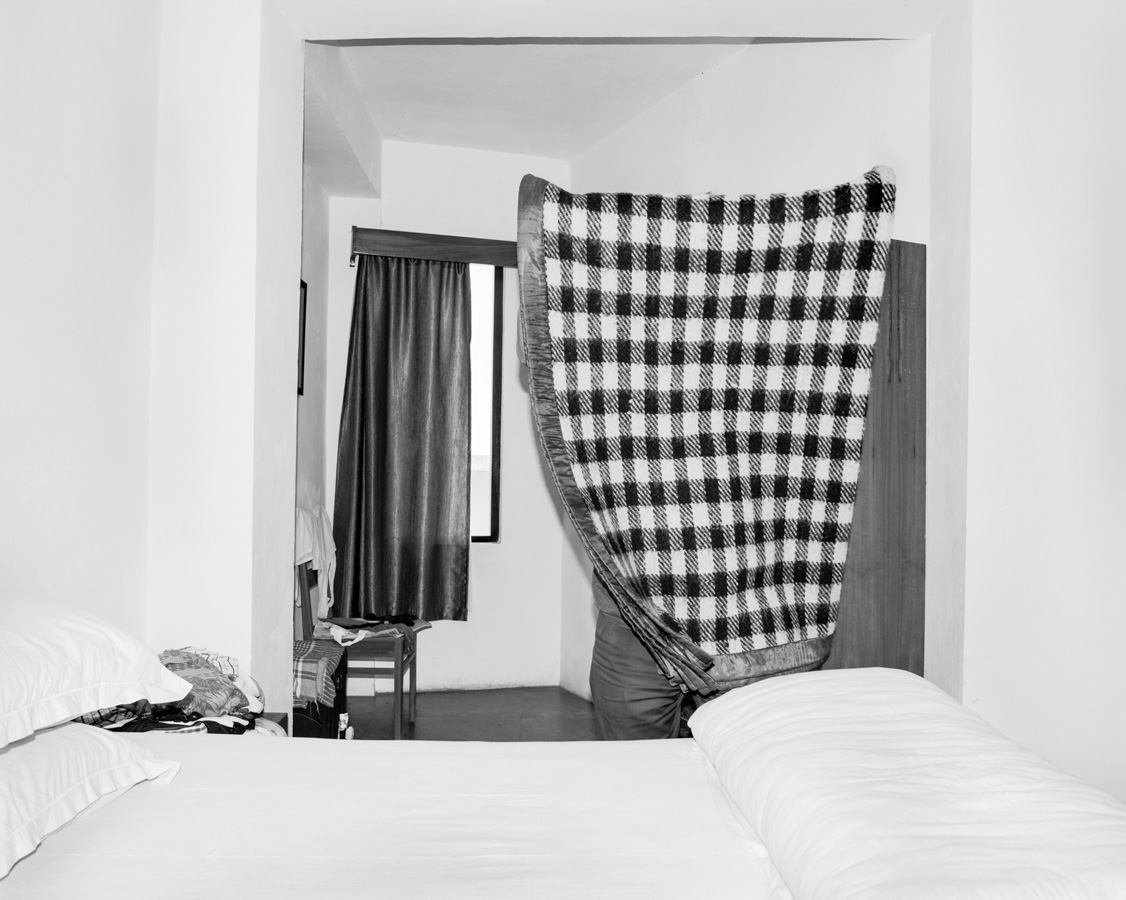
Unsurprisingly, I first became aware of Dakpa’s work on Instagram and via his gallery representation Indigo + Madder, researching new talent that has been super-fertile on the Indian subcontinent over the past few years. This new school, perhaps a generation of millennials, resist or relax documentary traditions, embrace subjectivity and more importantly, exhibit a confidence to take risks and experiment, dare I say I want this to be a punk attitude. All this is made visible online, through commercial work like fashion and into photographic projects, all which indicate the promise of a new contemporary vision. I’m not entirely sure what has propelled South Asian photographies to this level of hype for me personally, but it could be attributed to any or all of the following: thriving local scenes, international commissions and residency programmes, expanded education possibilities, improved networking and online communities, progressive festival and biennale circuits, online platforms and of course, a fucked up socio-political system at home creating compelling motives for artistic agency and expression.
“This is a so much about family that the idea of the hotel and its function as the construction and as a dwelling for temporary accommodation, reflected through the blueprint cover and letterheaded endpapers is anything but the impersonal experience of temporary lodging.”
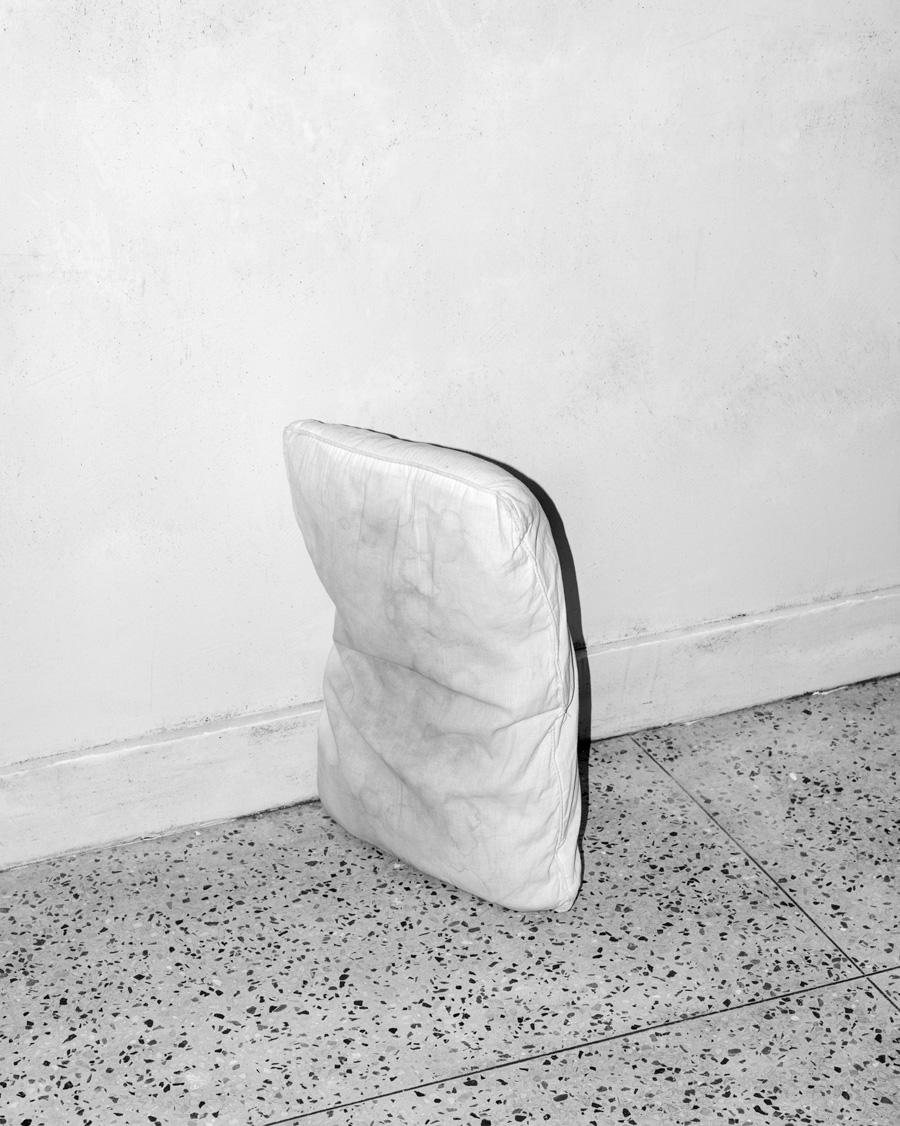
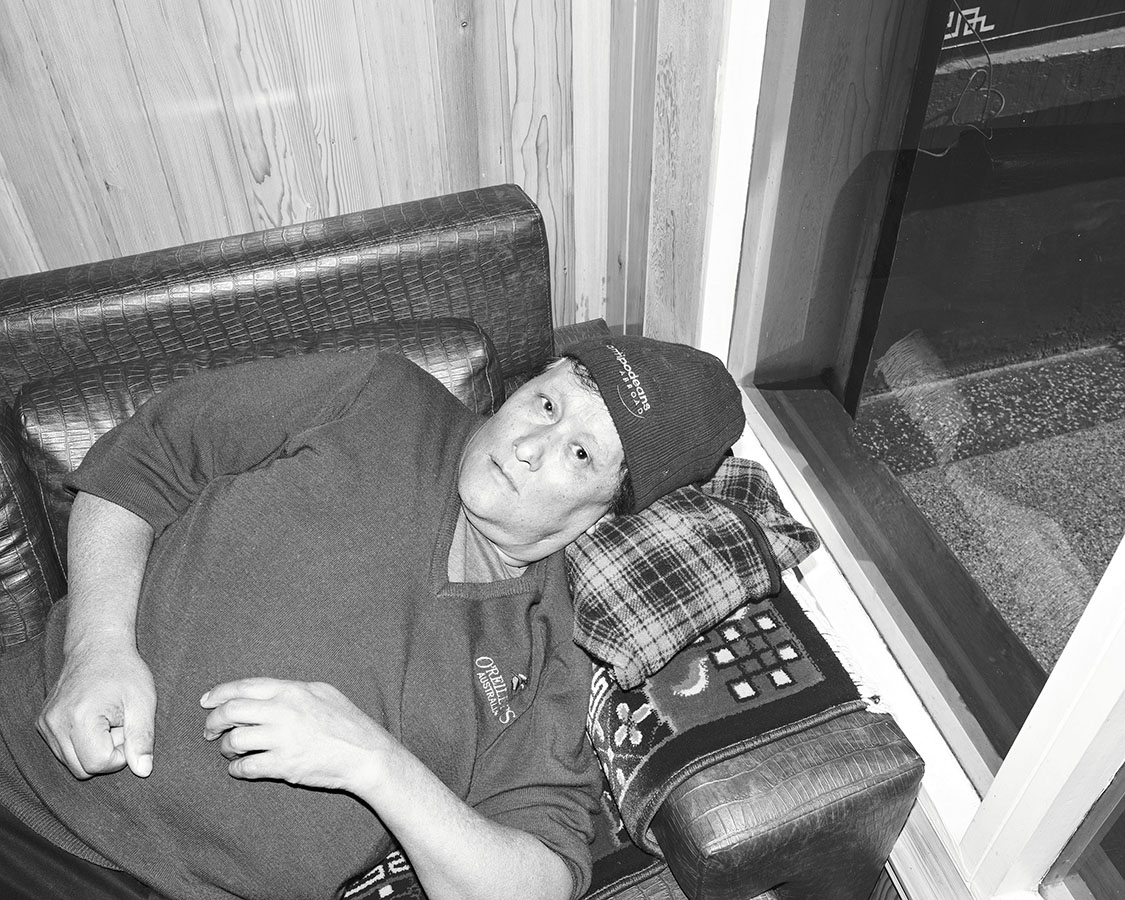
In the book, we are witness to a return to the family home after a period of away. South Asians, whether they are relatively independent or not often have a home home. A family home or ghar. During visits, in that period of return, away from contemporary, cosmopolitan life there is a gradual re-acquaintance with the space, with family rituals, close relationships and of course, home cooking. Home is both what is left behind to seek new horizons and provides the comfort and security of return. It is the place in which memories are recollected and recounted and therefore, where family history is forged and consolidated. As these pictures also show, Dakpa is in the midst of re-familiarisation and self-reflection. We see in this hotel, no customers but a workplace as well as a home, parents, a brother and a hotel cat that is more elusive than the visiting Dakpa himself. The enigmatic cat becomes the subject of the initial photographic foray, it’s assessment of the space comes to influence the photographer in his own rediscovery.
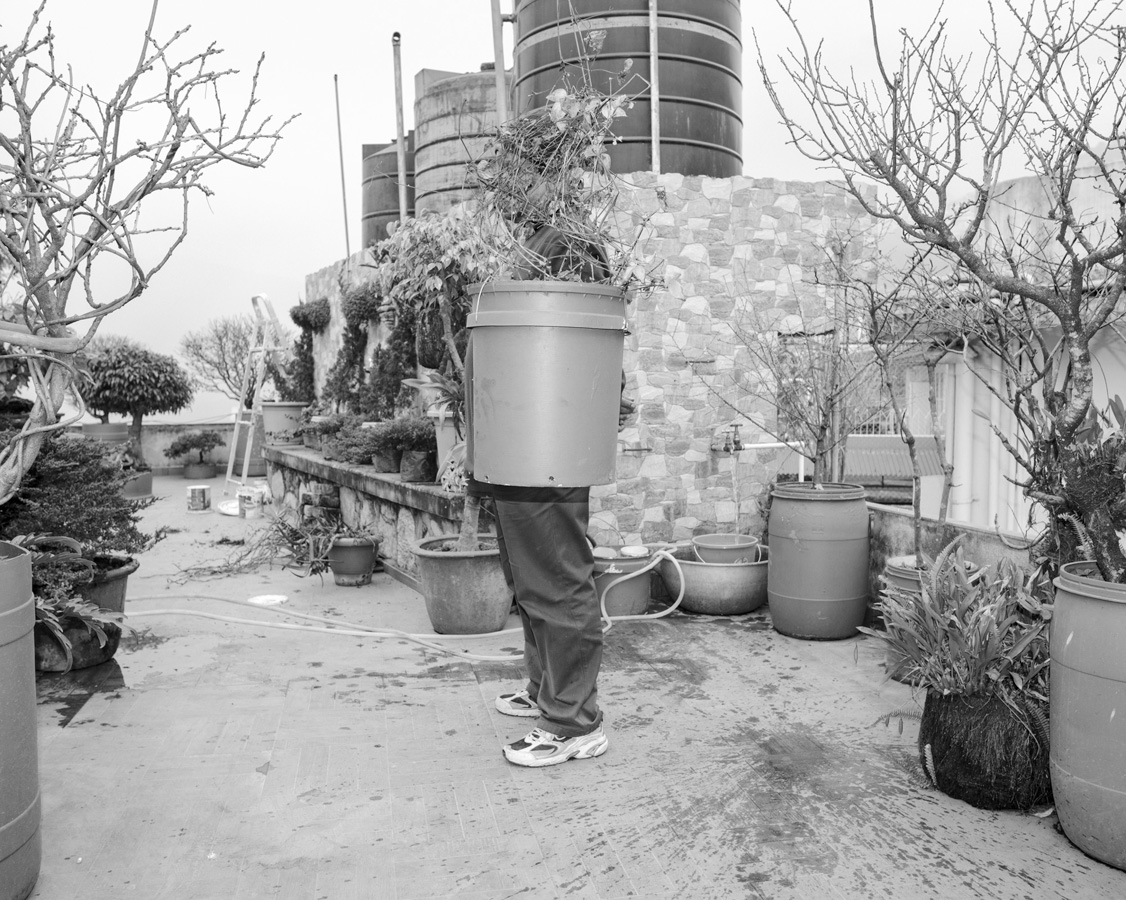
Family rarely comes in the way of familiarity. Dakpa makes himself at home before leaving again and finds a resonance there with the people and place of his upbringing through the photographic project. The work has a slow observational pace, the quiet black and white images examine the space and are witness to moments when family members are captured very much as reminders of what Dakpa has left behind, a father at work maintaining the building and other objects, the mother busy around the house, probably in dual roles, looking after the business and the family, the brother, caught in moments of familial intimacy and fun that only Dakpa can attest to. This is a so much about family that the idea of the hotel and its function as the construction and as a dwelling for temporary accommodation, reflected through the blueprint cover and letterheaded endpapers is anything but an impersonal experience. Dakpa’s text insertion provides the clues whereby the hotel is a metaphor for a destination from an uncertain set of official origins and the uncertainty of personhood away from home, and it is through family displacement that the hotel has been realised as an officiated and rooted sense of belonging. Despite its transient role as short-term lodging, it is where Dakpa finds a concrete base and therefore might also be an ironic and humorous reference to his own temporary visit.
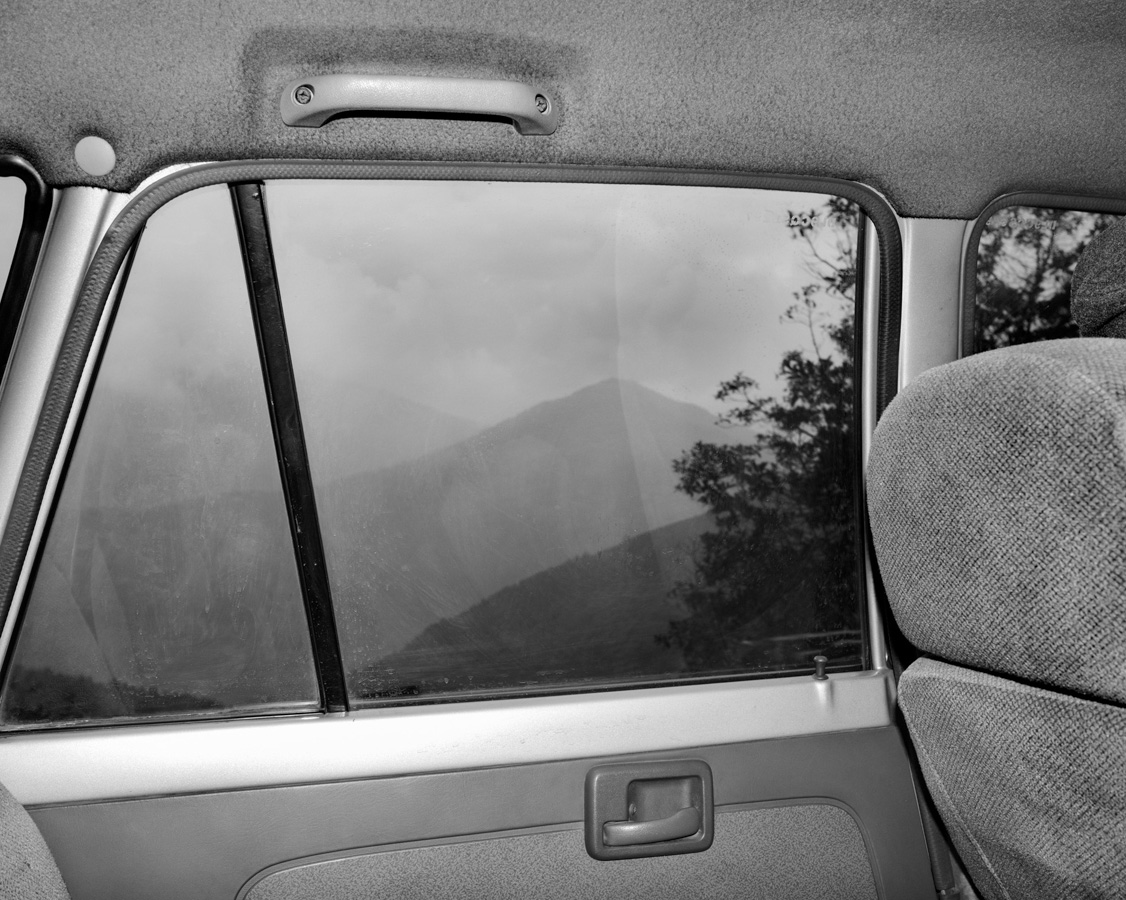
Tenzing Dakpa
The Hotel
(All Rights Reserved. Text @ Sunil Shah. Images @ Tenzing Dakpa.)
